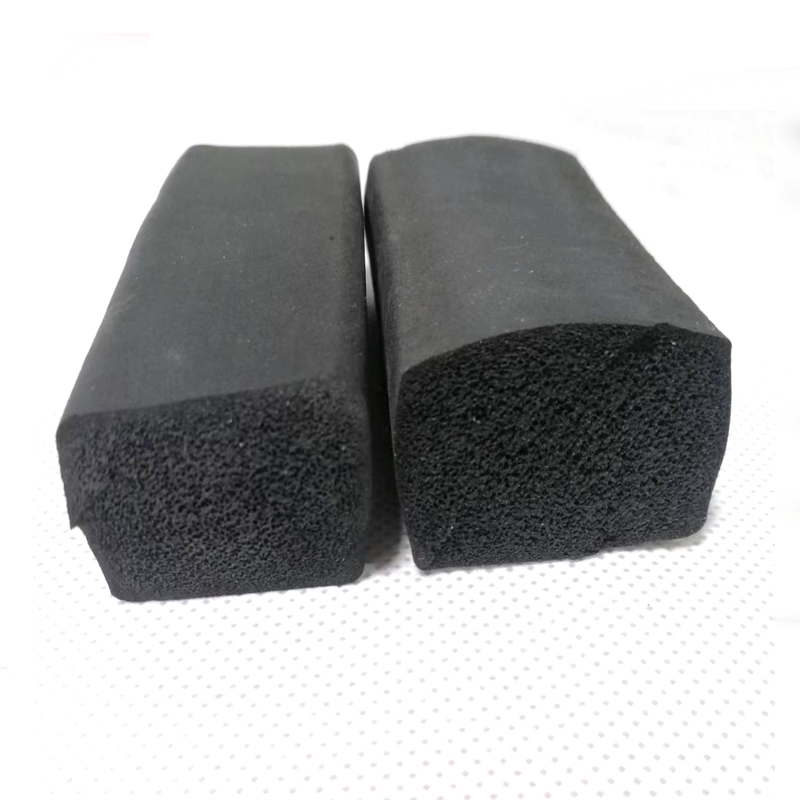Jul . 25, 2024 22:32 Back to list
How to Choose the Right Rubber Seal for Your Garage Door Bottom for Optimal Protection
Understanding the Importance of Rubber on Garage Door Bottoms
The garage door is often one of the most significant features of a home, providing both functionality and aesthetic appeal. Among its various components, the rubber seal at the bottom plays a crucial role that is frequently overlooked. This article explores the importance of the rubber on garage door bottoms, its various benefits, and how to maintain it for optimal performance.
Functionality of Garage Door Bottom Rubber
The rubber seal at the bottom of a garage door serves as a barrier between the indoor environment of your garage and the outside elements. Its primary purpose is to prevent water, dirt, debris, pests, and cold air from entering the garage. This is particularly important during rain or snow, as it helps keep the garage dry, reducing the risk of moisture damage and mold growth, which can be detrimental to both stored items and the structural integrity of the garage itself.
Moreover, a well-fitted rubber seal enhances energy efficiency. By minimizing drafts and keeping the temperature stable within the garage, homeowners can reduce heating and cooling costs. This is also beneficial if the garage is attached to the house, as it can help in maintaining the overall comfort level indoors.
Types of Rubber Seals
There are several types of rubber seals available for garage doors, each designed to meet specific needs. The most common types include
1. T-Style Seals Shaped like a T, these seals fit into a groove at the bottom of the garage door, providing a snug fit and excellent protection against the elements.
2. U-Style Seals These seals are designed to create a barrier by fitting onto the bottom edge of the garage door, offering effective insulation against drafts.
rubber on garage door bottom

Homeowners can select the type that best fits their garage door style and local weather conditions.
Maintenance Tips for Rubber Seals
To ensure that the rubber seal functions effectively, regular maintenance is essential. Here are some tips
1. Regular Inspections Check the seal for cracks, tears, or signs of wear at least twice a year. If any damage is found, it may be time to replace the seal.
2. Cleaning Keep the rubber seal clean by removing any dirt, debris, or substances that may have accumulated over time. A diluted soapy solution can be used, followed by rinsing with clean water.
3. Lubrication A silicone-based lubricant can be applied to the rubber to prevent it from drying out and cracking. Avoid petroleum-based products, as they can damage the rubber material.
4. Temperature Consideration Extreme temperatures can affect the rubber seal's integrity. Be mindful of weather conditions and consider adjusting or replacing the seal if it becomes brittle or too soft.
Conclusion
The rubber seal at the bottom of a garage door is a small yet vital component that plays a significant role in protecting the garage from the outside elements, enhancing energy efficiency, and maintaining comfort within the home. By understanding its importance and committing to regular maintenance, homeowners can extend the life of this component, ensuring that their garage remains a safe and functional space. Investing in a quality rubber seal and taking care of it will not only save money in the long run but also contribute to the overall aesthetic appeal and value of your home.




